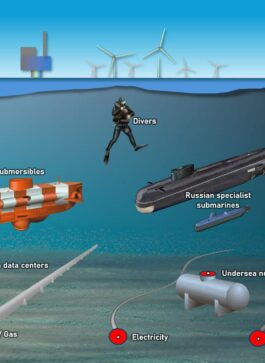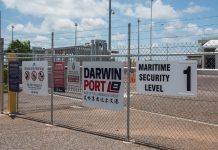Frigates and changing defence planning
By Peter Jennings*
For the moment, Defence Minister Peter Dutton has decided to stick with the troubled Hunter-class frigate program. With his usual candour, he...
Defence planning catch-up needed
By Malcolm Davis*
The 2020s have begun a period of rapid change for Australian defence planners. The government’s 2020 defence strategic update and accompanying force...
Options for Australia’s n-subs
By Pete Sandeman*
The political and strategic ramifications of the AUKUS pact involving the US, UK and Australia continue to reverberate, but the details of...
Time to ditch “non-traditional security”
By James Goldrick and Blake Herzinger*
It is high time that we remove the term “non-traditional security” from our consideration of maritime affairs, and either...
DARPA and DSTG – and a case of espionage
By Clive Williams*
When I worked at the Australian embassy in Washington in the early 1990s, I would sometimes accompany scientists from our Defence Science...
Port Darwin: lost opportunities
By John Coyne*
It seems we’ll be waiting until at least sometime in the first quarter of 2022 for the government to decide on the...
Expanding threat spectrum for surface ships
By Sam Goldsmith*
The threat spectrum for surface combatants — ships that can engage air, surface, subsurface and shore targets — is rapidly expanding and...
Implementing Australia’s nuclear submarine program
ASPI is releasing a new report ‘Implementing Australia’s nuclear submarine program’ by Andrew Nicholls, Jackson Dowie and Dr Marcus Hellyer. This report analyses the decision space available...
AUKUS and collective seapower
AUKUS: A personal view by David Hobbs
The AUKUS agreement capitalises on the intimate and long-standing links that exist between the three navies and their nations'...
A strategy of maritime pressure
By Thomas G. Mahnken*
This article was first published in the Australian Naval Review, 2019, Issue 2, in December 2019.
Recent policy documents such as the 2017...








